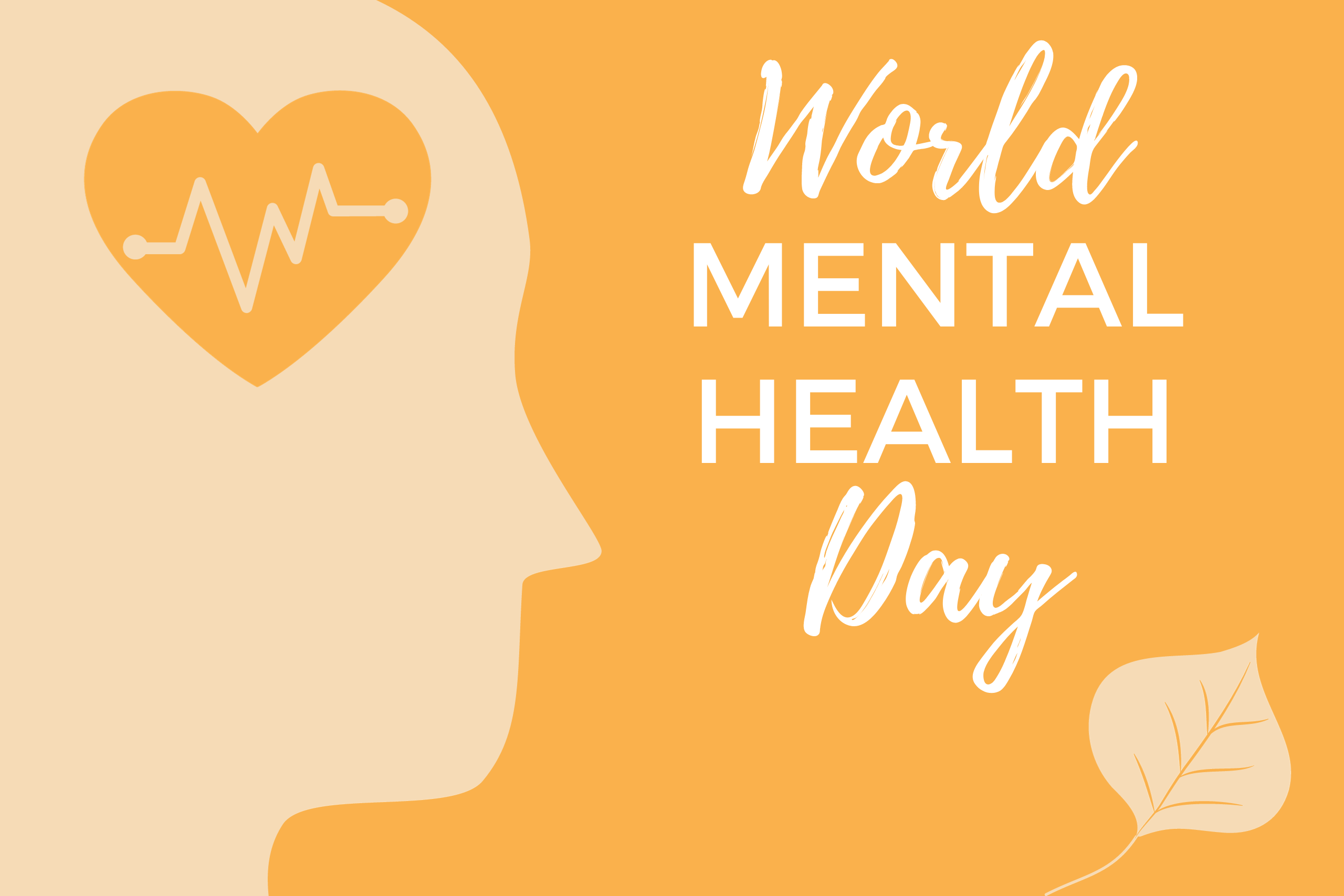Senior care and assisted living professionals dedicate their careers to caring for those who need it, but it’s equally important to ensure they are, themselves, receiving the care and support they need. October 10 is World Mental Health Day – a perfect opportunity to consider how your team shows its support for mental health, and where you can do even more for your teams.
There is considerable research showing the connection between work and mental health – both positive and negative. 39% of employees report that their work environment has had a negative impact on their mental health, while 81% of employees say that their organization’s support for mental health is among the deciding factors when they’re considering accepting (or staying in) a job.
Mental health support is particularly relevant in various sectors of healthcare, where demands are intense, emotional strain is high, and burnout is common. Approximately half of all healthcare workers report that they are experiencing burnout, with the highest rates found among nursing staff (56%) and other clinical staff (54.1%). Overloaded and overwhelmed staffs – driven by insufficient staff levels and high demand for qualified professionals – is one of the most significant contributing factors to this trend of burnout. Professionals experiencing an “overload” of work had 2.2 to 2.9 times the risk of experiencing burnout, as well as 1.7 to 2.1 times the risk of leaving their jobs within two years.
To properly address this, organizations need to address mental health and overall well-being from multiple angles – after all, there are multiple contributing factors. This means providing financial means and benefits like insurance to ensure people can access care. It also means, however, addressing the root issues behind mental health concerns, whether that’s burnout, culture issues in the workplace, DEI concerns, pay and benefits, and more.
Because all factors related to mental health are entwined, they must also be addressed in an entwined way. The U.S. Surgeon General suggests a five-part “Framework for Workplace Mental Health and Well‑Being” that brings together five overarching elements: protection from harm; connection and community; work-life harmony; mattering at work; and opportunity for growth. All are then centered around one unifying idea: “worker voice and equity.” Of course, different strategies will be more relevant for different fields. For instance, certain “office”-based industries have introduced hybrid or remote work as a popular solution, but that is not feasible for senior care and assisted living. Instead, you might focus on ensuring appropriate staffing levels and developing a reliable culture of teamwork. Whatever choices you make, the most important thing is understanding your employees’ most important concerns and providing them with solutions that show your commitment to their well-being.
The good news for everyone is that the positive impact of investing in mental health and well-being is clearer than ever, both to employees and to employers. 71% of employers say they are clearly seeing ROI from their investments in their employees’ all-around well-being, including mental health – a significant increase, compared to just 23% who said the same in a 2019 survey. Employees who are under less stress and have the full support they need are more likely to be productive, satisfied, and fully engaged. Boosting mental health care helps us all, and it helps caretaking professionals provide even better care to clients.
By Tom Zeleny, NHA

